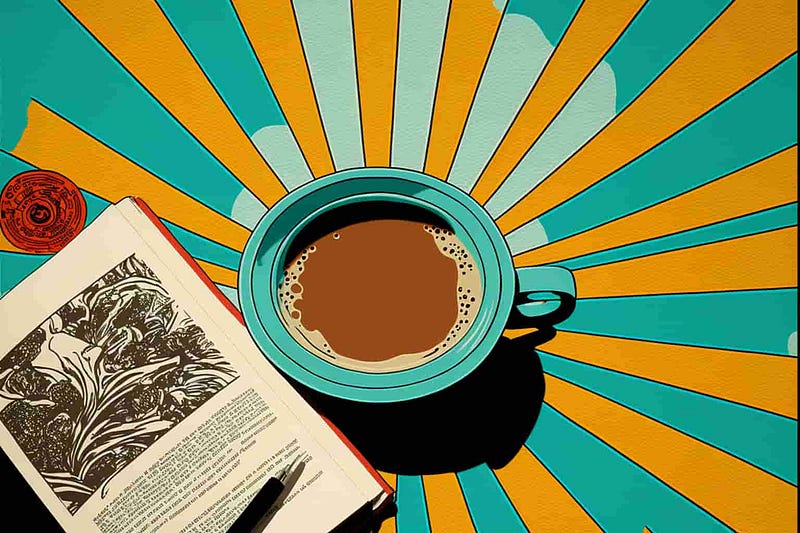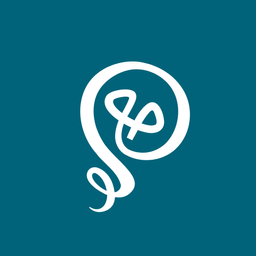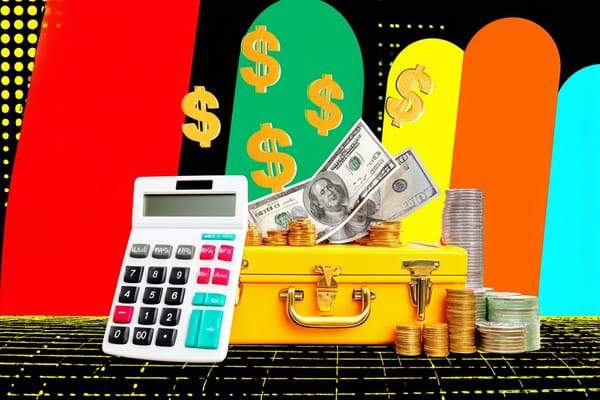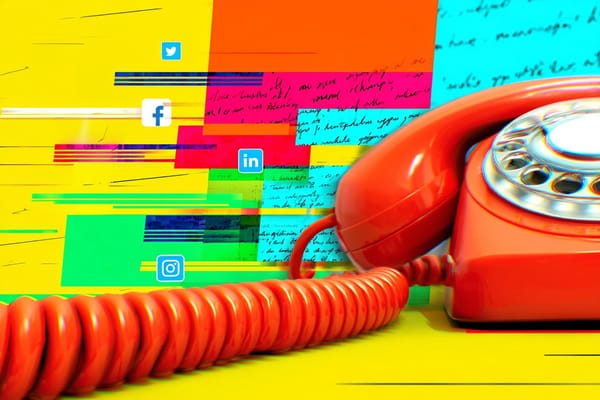Power Napping Is a Superpower
Enjoy the boost to your productivity and brain break.

I used to be jealous of napping people.
I’ve watched family members fall asleep in the middle of movies. Seen people taking a snooze on a train. Heck, my kids have even fallen asleep on the floor in the middle of playing.
Yet effective napping always seemed elusive for me. If I wanted to nap, I needed to dedicate an enormous chunk of time in my day to the activity… and that wasn’t always possible. I have worked from home for a long time, so napping was technically available to me. But as I looked at my calendar, I could rarely dedicate 2+ hours in the afternoon to napping.
I would lie down, and it would usually take at least 30 minutes to fall asleep. Then I figured that I needed at least an hour of nap to feel refreshed. And at least a 30-minute buffer of “wake up” time before my next meeting.
My problem lay in the misconception that I needed such a large amount of time for a nap. I’d heard the advice that the best naps are under 30 minutes (with an ideal nap being 10–20 minutes) but I didn’t believe it. Those types of naps seemed to apply to people who could nap anywhere — not someone like me who napped in a bed.
I’m happy to admit I was wrong. I’ve learned the beautiful art of power napping and my days are improved as a result.
Power napping started as a basic need
My journey to power napping began as a result of the pandemic.
Since I was already a remote employee, my work setup did not change. But what did change was having my kids home during the day. Our schools were closed and I suddenly found myself with three new “co-workers,” all under 4 feet tall.
I was faced with constant interruptions during the day. My solution to this was waking up around 5:00 a.m. I used the early morning quiet to knock out the tasks that required focus.
This worked great, but I found that I was exhausted by midday. Going to bed earlier only partially solved the problem. I could have chugged caffeine, but instead I began to reconsider naps.
A friend of mine shared that effective power napping came from practice. “Training” the body to power nap wasn’t something I had considered. I’d just assumed that power napping wasn’t in the cards for me since I couldn’t fall asleep quickly.
But as an experiment, I developed the following power napping training regimen:
- Find a 30-minute window for a power nap
- Set a timer for the end of the 30 minutes
- Repeat every day for 30 days

Power napping became a welcomed break
At first, not much happened. I would remain awake for the entire 30 minutes. But eventually, I began to fall asleep — even if it was around minute 25, with my timer startling me awake 5 minutes later. Gradually, I would fall asleep earlier and earlier within that 30-minute window.
By the end of 30 days, my body had learned to take a power nap lasting anywhere from 10–20 minutes. I could fall asleep within minutes and often wake before my timer went off. I began to set my timer for 28 minutes so I could fit the nap into a 30-minute break in my day and still make it to a meeting after.
Power napping drastically changed my afternoon productivity. Pandemic aside, afternoons have always been a challenge for me if I’ve expended a lot of mental energy in the morning. Power naps give me the boost I need to make my afternoons as productive as my mornings.
People are discovering the power of power naps. A 2021 survey by The Better Sleep Council found that 22% of working adults nap during the workday. The rise in remote work has certainly increased the opportunity for rest and naps.
Are there days when I’m not able to fall asleep in the 30-minute window? Absolutely. Sometimes I’ll find my brain is too “on” and I can’t sleep. But even on those days, I appreciate the break in my day. I think of it as a mental recharge. I’m not doing anything, so it is still a reprieve from meetings or other tasks.
Don’t give up on power napping
When I take a nap, I do everything that I would do for a longer sleep. I nap in my normal bed (instead of the couch), use a face mask to block out sunlight, and sleep under a weighted blanket. This signals to my body that it is time for sleep.
I also make sure to nap at the right time. Because I wake up so early, my power nap needs to occur at my midday — which is earlier than most people would nap. By finding that napping sweet spot, I can maximize my afternoon energy. If I wait too long, I find myself dragging and too tired. I take a nap before I’ve hit the “exhaustion” point.
I’m a time-blocking fiend, so I will block off the time on my calendar for a nap. I eat an early lunch, then spend some time working, then nap. I use an AI calendar assistant (called Reclaim) that will flex my naptime depending on other commitments on my calendar but still keeps the nap within the window I specify.
If you’ve tried power napping in the past and found that you couldn’t fall asleep, try again. Use the approach of “training” so that your body learns to sleep in the 30-minute window. Your body and brain will thank you for the rest and refresh in your day.
Read more about the future of work, the creator economy, and work-life balance on my Substack.






